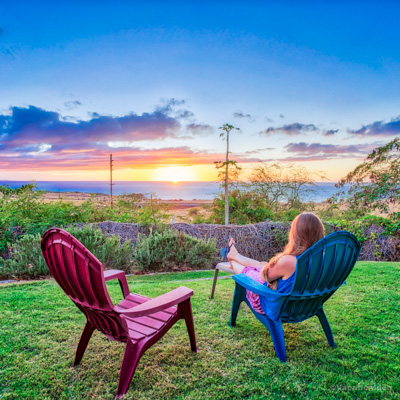Places to Visit in December

Searching for the best places to visit in December? Well, you are in the right place! In my travels, I’ve been continually amazed by how diverse the experiences can be depending on where you go in December: from cozy ski lodges in the Rockies to dazzling light displays in New York City and warm desert escapes in Arizona.
This month is also a great time to visit destinations that you may not think about right away such as New Zealand. Which one do you choose? A lot depends on what you like to see, how long you have to complete your trip and the budget...
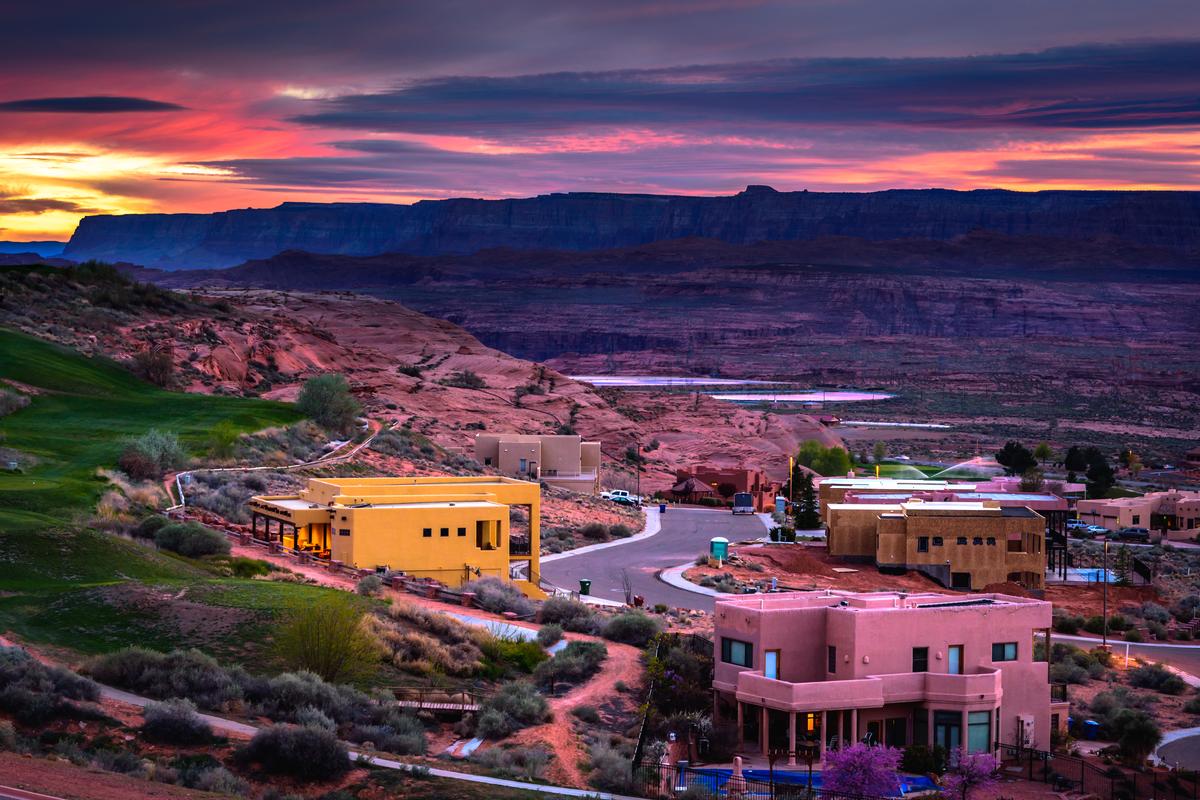
1. Page, Arizona
We loved visiting this desert town during its annual Holiday Parade in December, when the whole community gathers for cheer.
In December (and well into the colder months, as locals told me), Lake Powell’s red rock backdrops take on a frosty glow. We had a ton of fun browsing seasonal markets and craft fairs - I bought some handmade ornaments, spiced cider, and desert-inspired holiday treats.
You can flow into Page Municipal Airport, then explore the town and surrounding winter landscapes over a long weekend. Our highlights included hiking to Horseshoe Bend, and marveling at Antelope Canyon’s sandstone walls.
I thought it was fantastic that there's so much great dining to choose, from Southwestern-inspired dining at Blue Buddha Sushi Lounge and State 48 Tavern, to casual local favorites like Big John’s Texas BBQ (no reservations...first come, first served!), where the smoker runs all day and live music fills the patio. For breakfast or a quick bite, stop by BirdHouse for comfort food with a kick or Ranch House Grille for hearty diner classics.
- Location: In northern Arizona, in Coconino County; near the Utah border, overlooking Lake Powell
- Location Map
- Average December temperature: 45°F – 61°F (7°C – 16°C)
- Size: Approximately 38.3 square miles (99.3 square km)
If you’re staying overnight, Lake Powell Resort offers stunning views and easy access to boating and hiking adventures. For a cozier stay, try 3-star Hyatt Place Page/Lake Powell, a modern boutique-style hotel with desert vistas and a welcoming atmosphere.
What I loved best:
My favorite stop was the Page Community Center, transformed into a festive hub with gingerbread house displays, photo ops with Santa, and performances by local carolers.
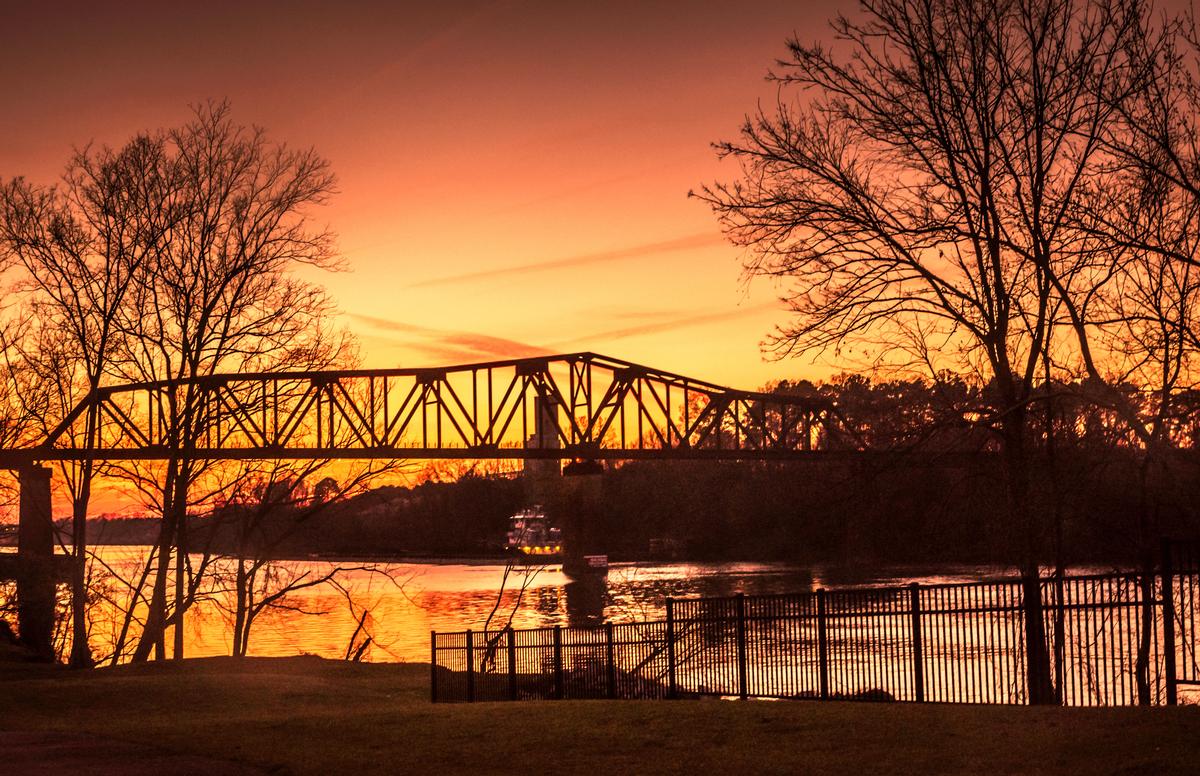
2. Tuscaloosa
I thought that this was one of the best places to visit in December, with its light displays, festive music, and holiday parades
December here felt like stepping into a small-town Christmas story, especially during the annual Holidays on the Plaza celebration, where we watched the riverfront come alive with ice skating, sparkling decorations, and fun seasonal cheer.
Throughout December (and into January), downtown T-Town shines with glowing storefronts, decorated trees, and community events. My favorite was the Tinsel Trail at Government Plaza, featuring dozens of creatively decorated Christmas trees.
I drove in for a long weekend and stayed at affordable Comfort Inn & Suites Downtown near University (from $96/night) for 48 hours, soaking up the festive charm. Highlights included gliding across the seasonal ice rink, enjoying a holiday parade, and exploring the decorated riverwalk.
- Location: In west-central Alabama, along the Black Warrior River
- Location Map
- Average December temperature: 39°F – 59°F (4°C – 15°C)
What I loved best:
The warmth of hot chocolate stands, Santa photo ops, and carolers strolling the sidewalks, and the atmosphere was pure Southern holiday magic.
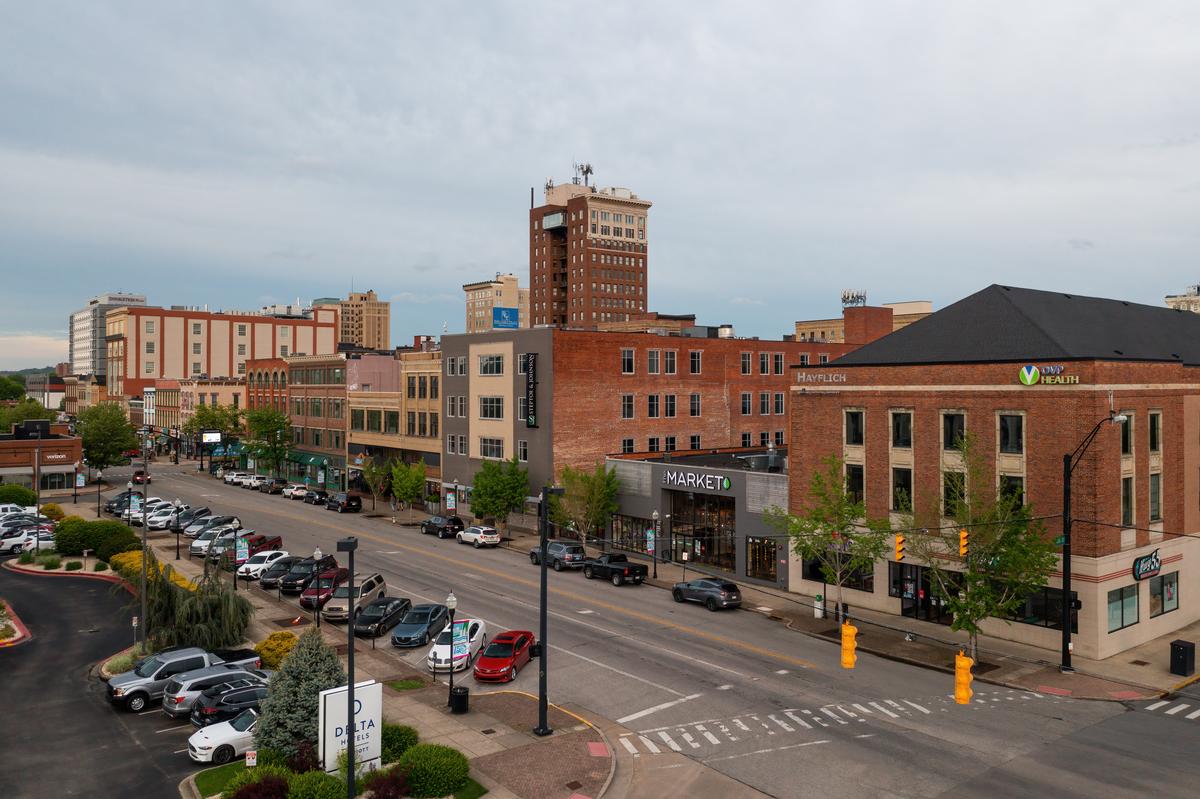
3. Huntington, West Virginia
I was charmed by this cheerful holiday destination, especially during the Pullman Square Winter Kids Fest, where twinkling displays and live performances brought the community together.
Downtown, the Huntington Christmas Parade of Lights filled the streets with floats, marching bands, and Santa waving from his sleigh, a true highlight for my son.
We spent a long weekend in town, staying at 3-star Fairfield by Marriott Inn & Suites Huntington two days, and enjoyed every moment of Huntington’s holiday charm.
- Location: In western West Virginia, along the Ohio River
- Location Map
- Average temperature: 32°F – 48°F (0°C – 9°C)
What I loved best:
I loved strolling through Ritter Park’s decorated paths, ice skating at Pullman Square, browsing local shops for handcrafted gifts, and sipping mulled cider at cozy cafés.
If you loved this idea, check out my places to go on Christmas article.
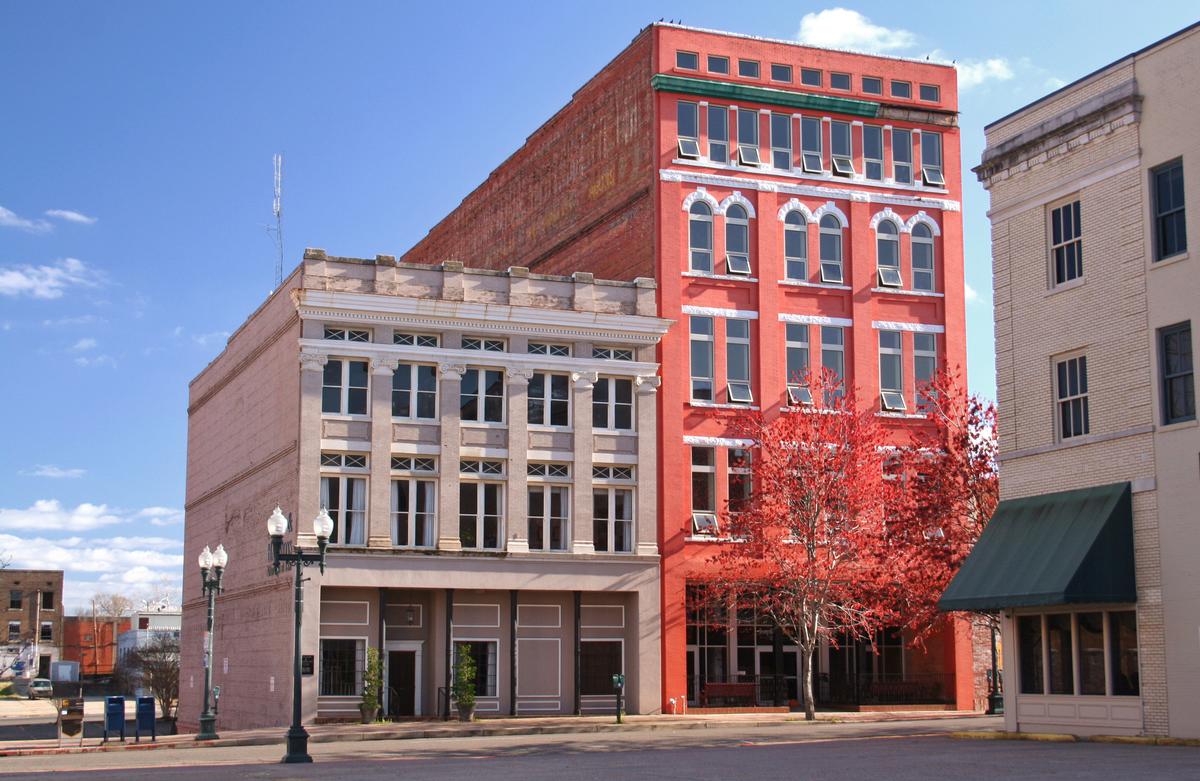
4. Shreveport, Louisiana
With riverfront lights on the Red River, lively holiday parades rolling through town, and the sound of carols mingling with jazz, this city was the perfect Christmas winter getaway with a Southern twist. We caught the Rockets Over the Red Fireworks Festival, when the night lit up in color above the glowing Riverwalk - that completely won me over and made Shreveport one of my favorite places to visit in December!
My second favorite event here was the Christmas in Roseland, where thousands of twinkling lights, giant Christmas cards, and whimsical holiday scenes transformed the gardens into such a wonderland that my husband, son and I couldn't help but stare.
Downtown, the Shreveport Christmas Parade brought marching bands, sparkling floats, and Santa’s grand arrival. We loved strolling through local markets and bought some pralines, handmade gifts, and warm drinks.
We stayed for a long weekend at 4-star Hilton Shreveport soaking in the festive energy there. Highlights included strolling the lighted boardwalk, enjoying holiday concerts with a Louisiana flair, browsing craft markets for unique holiday treasures, and sipping hot cocoa while fireworks reflected off the water.
- Location: In northwestern Louisiana, along the Red River
- Location Map
- Average temperature: 43°F – 61°F (6°C – 16°C)
What I loved best:
Cajun warmth, lively music, and holiday sparkle made it a truly unforgettable Christmas getaway.
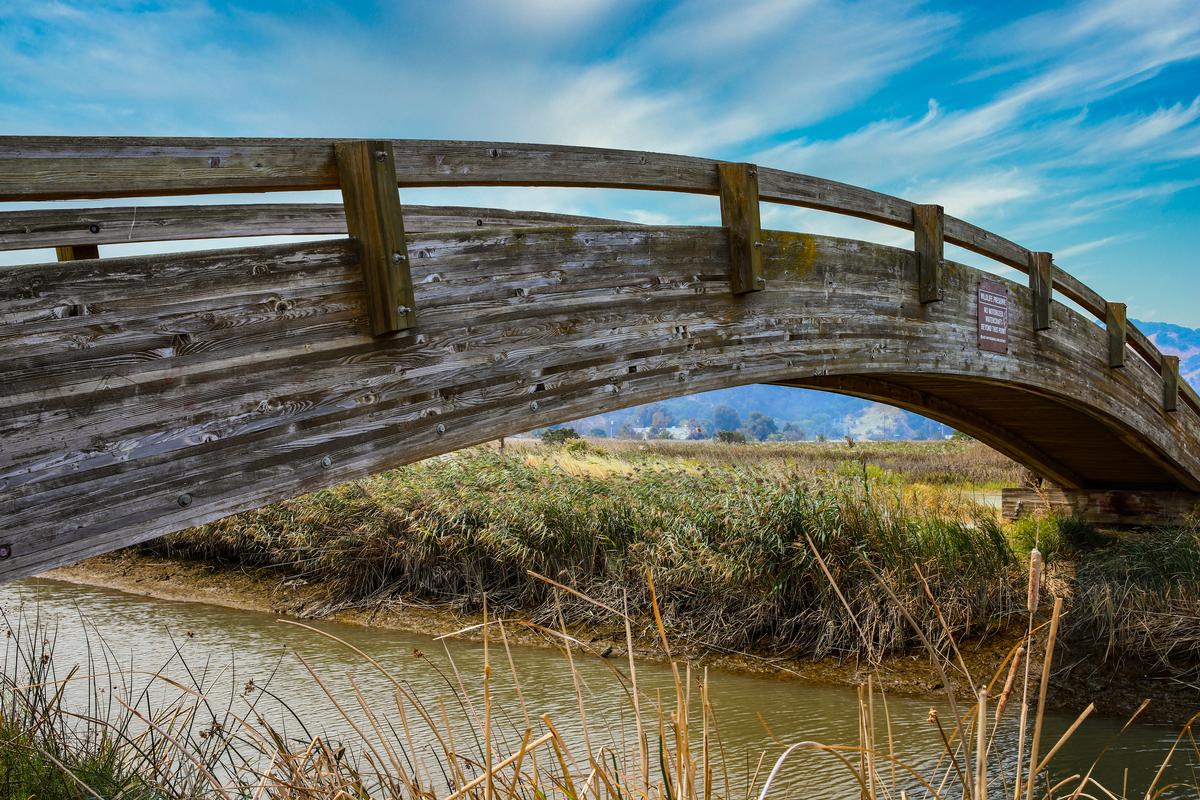
5. Martinez, California
I found that this charming waterfront town in the East Bay made for a surprisingly cozy December escape and it quickly became one of my top winter getaways!
I found the weather was cool and crisp, with misty mornings rolling off the Carquinez Strait, giving everything a peaceful, wintery glow which I enjoyed for six days in an affordable vacation rental.
Instead of beaches, we strolled through tree-lined trails, watched migrating birds along the shoreline, and soaked in views of ships passing under golden sunsets.
There were a few rainy days in between the sunshine, but honestly, I didn’t mind. In addition, visiting in December meant the waterfront trails were quieter, the historic downtown lit up with holiday cheer, and local wineries and breweries were pouring seasonal specialties. Also, alongside festive events like the Martinez Holiday Frolic and tree-lighting, the whole town buzzed with small-town holiday spirit.
Martinez was a cool winter weekend getaway from San Francisco! I dove straight into Martinez’s cozy coffee shops, antique browsing on Main Street, and waterfront walks with views of the Carquinez Bridge.
- Location: In the East Bay region of the San Francisco Bay Area
- Location Map
- Average temperature: 44°F – 59°F (7°C – 15°C)
What I loved best:
Going for a tasting flight at a local brewery and sipping on a spiced seasonal ale at a lively taproom gave me the perfect end to the day, with the old-town lights glowing around me.
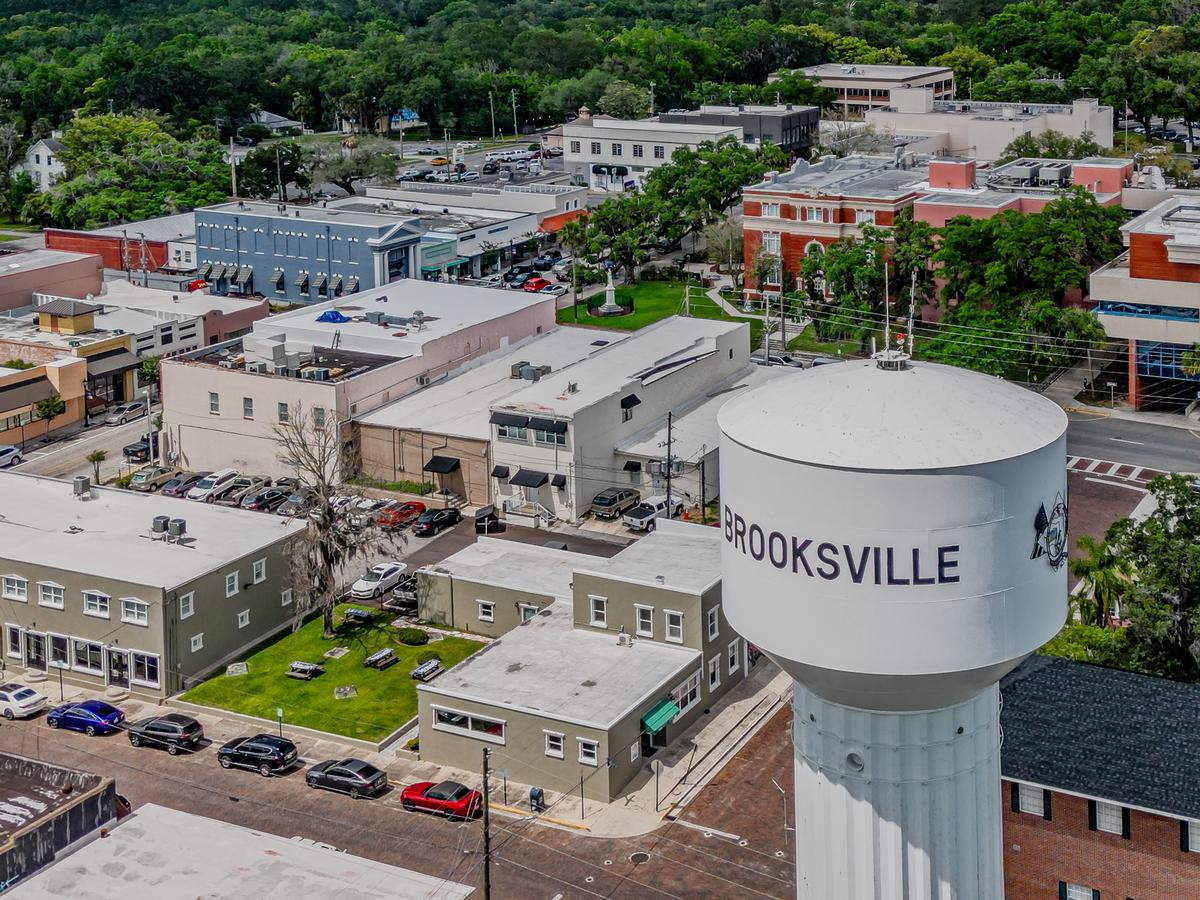
6. Brooksville, Florida
I found that this town made for a warm and relaxing December getaway, and it quickly became one of my favorite holiday spots! Why? First off, I found the weather was pleasantly mild and sunny, with daytime highs in the 70s. In addition, instead of crowded beaches, I discovered peaceful parks, hiking trails shaded by Spanish moss, and the slower rhythm of Old Florida charm.
Moreover, visiting in December meant less humidity, smaller crowds, and the town sparkling with holiday decorations. Alongside festive events like the Brooksville Christmas Parade and the annual Christmas on Main Tree Lighting downtown, the atmosphere was buzzing with seasonal cheer and hometown spirit.
Under an hour's drive from Tampa, I enjoyed Brooksville’s antique hunting on Main Street, exploring the historic courthouse square, and taking scenic drives along tree-canopied roads.
- Location: In west-central Florida, about 50 miles north of Tampa; seat of Hernando County
- Location Map
- Average temperature: 52°F – 73°F (11°C – 23°C)
What I loved best:
Going for a stroll through Tom Varn Park, then unwinding with Southern comfort food at a cozy local restaurant, I topped it off by sipping a craft brew at a friendly taproom, surrounded by locals swapping holiday stories.
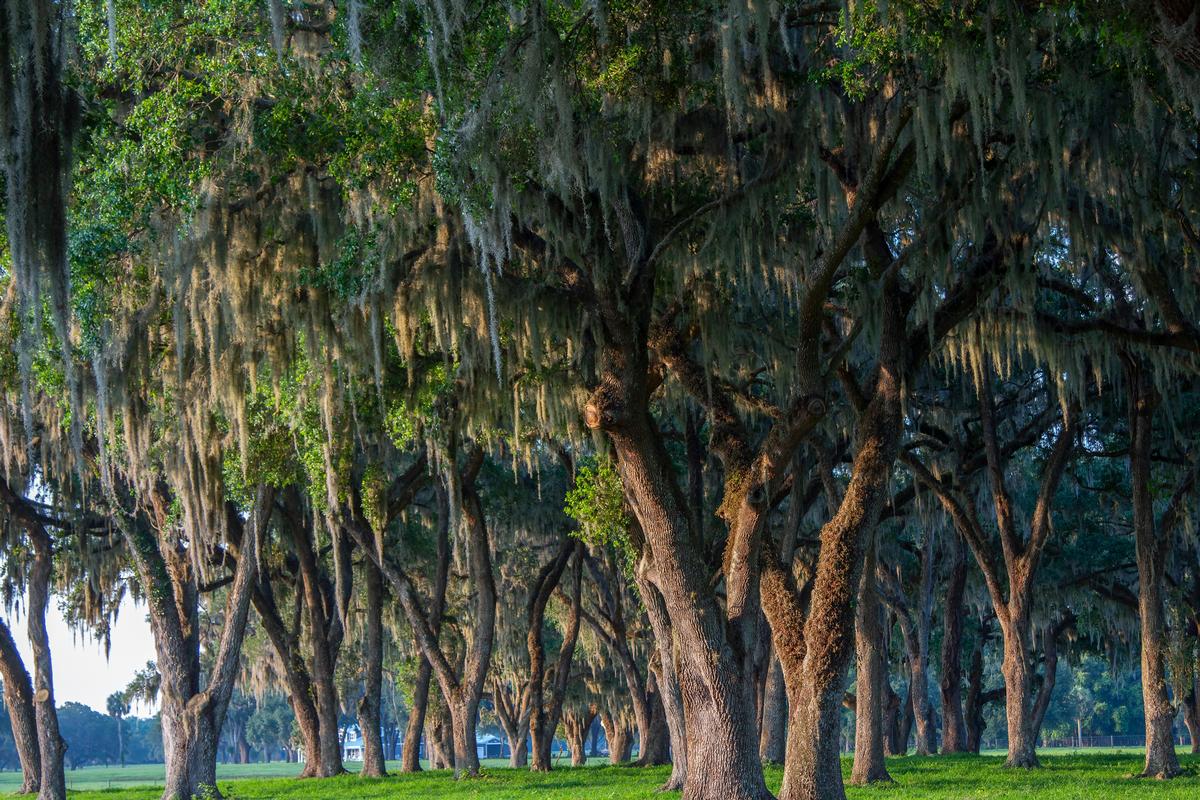
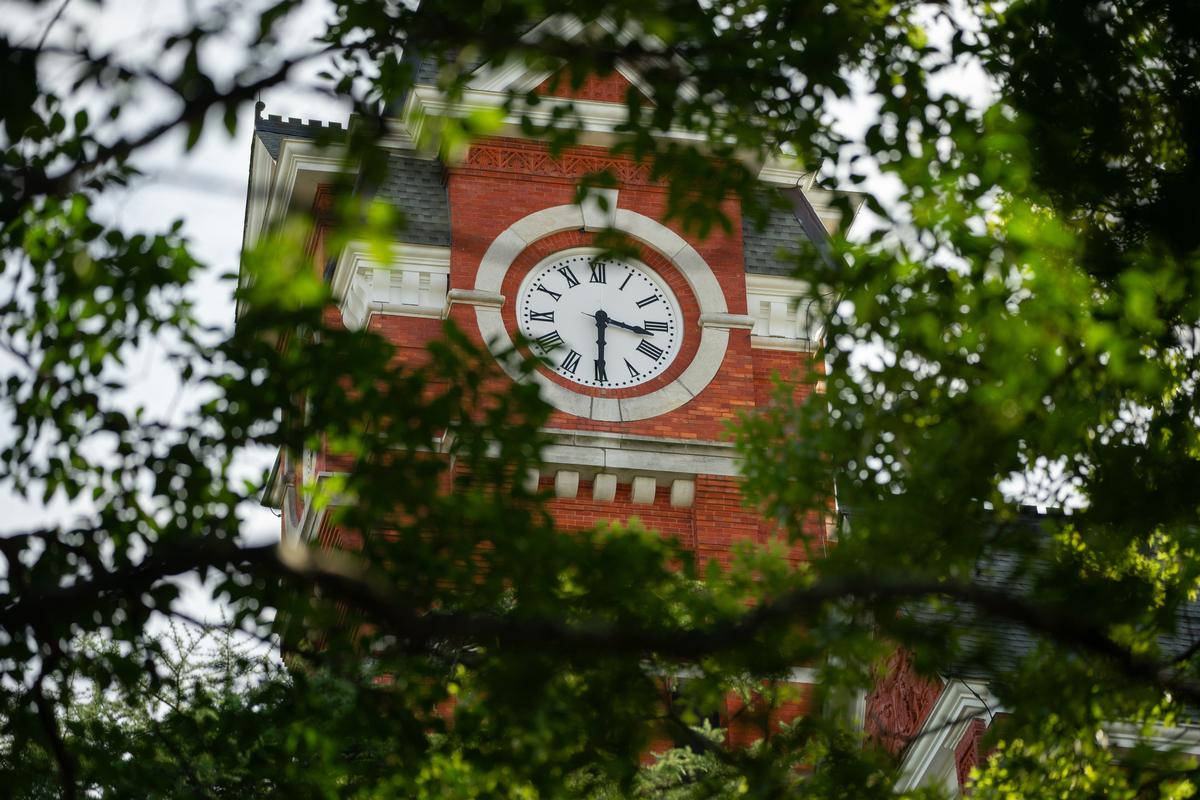
7. Auburn, Alabama
I thought this Alabama town was one of the most charming December destinations when I moved to the South. Instead of skyscrapers and bustling crowds, Auburn offered a blend of small-town coziness, Southern hospitality, and spirited holiday traditions.
We discovered that this classic Southern college town had transformed into a warm and welcoming holiday hub, with festive lights strung through historic downtown, Auburn University landmarks glowing in seasonal displays, and community parades filling the air with cheer.
I loved all the seasonal events like the Auburn Christmas Parade, and festive concerts at the university’s Gogue Performing Arts Center. Strolling through Toomer’s Corner lit up for the holidays and wandering among the boutique shops downtown gave me that “winter village” feeling, Southern-style.
I flew into Atlanta Hartsfield-Jackson International Airport and drove just under two hours into Auburn, staying for a long three-day weekend at The Laurel Hotel & Spa (The only AAA Five Diamond hotel winner in Alabama so you can trust it's a quality place!). I explored the decorated university campus, sipped hot cocoa while browsing the holiday craft fair, took a crisp December walk at Chewacla State Park, and capped my evenings with live music and hearty Southern meals downtown.
We loved that Auburn is such a cool destination for foodies! Food options range from refined Southern dining at The Depot, set in a restored 19th-century train station, to modern American fare at Acre, where locally sourced ingredients and regional flavors shine. For casual dining, we loved breakfast at The Hound for hearty comfort food.
- Location: In eastern Alabama, in Lee County
- Location Map
- Average temperature: 39°F – 59°F (4°C – 15°C)
- Size: Approximately 62.2 square miles (161.1 square km)
What I loved best:
I loved Byron’s Smokehouse for classic Alabama BBQ! (I thought it's as good as in Texas, or nearly!)
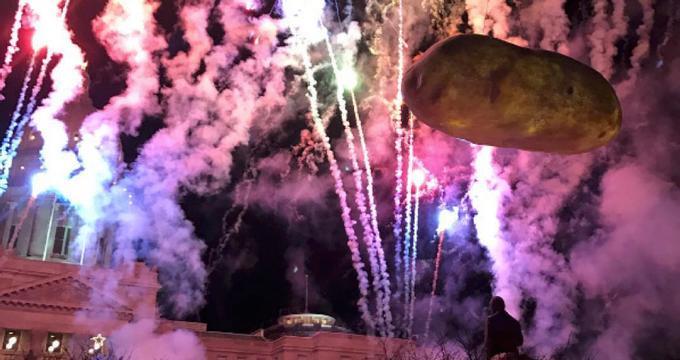
8. Idaho Potato Drop in Boise
We had such an amazing time here during the holiday season, which begins in late November and carries its festive sparkle right through December. If you’re looking for a New Year’s Eve celebration that’s as unique as Idaho itself, the Idaho Potato Drop in downtown Boise is super fun for the whole family and it’s easily one of the most original New Year’s traditions I've ever been part of.
Each year, thousands of people gather in front of the Idaho State Capitol to watch a giant illuminated potato descend from the sky at midnight — Idaho’s fun, tongue-in-cheek twist on the Times Square ball drop.
I loved all the seasonal events like the Winter Garden a Glow at the Idaho Botanical Garden, where over half a million lights turn the gardens into a twinkling wonderland.
We flew into Boise Airport and stayed for four care-free days at Hotel Renegade, a AAA Four Diamond rated hotel. We skated at The Village at Meridian, sipped spiced cider while strolling downtown, wandered through Julia Davis Park with its frosty paths and river views, and capped it all off with a cozy evening performance of The Nutcracker by Ballet Idaho.
- Location: In southwestern Idaho, along the Boise River;
- Location Map
- Average temperature: 26°F – 41°F (-3°C – 5°C)
What I loved best:
Stopping by the Capital City Public Market’s holiday edition for local crafts and warming drinks gave me the perfect festive touch.
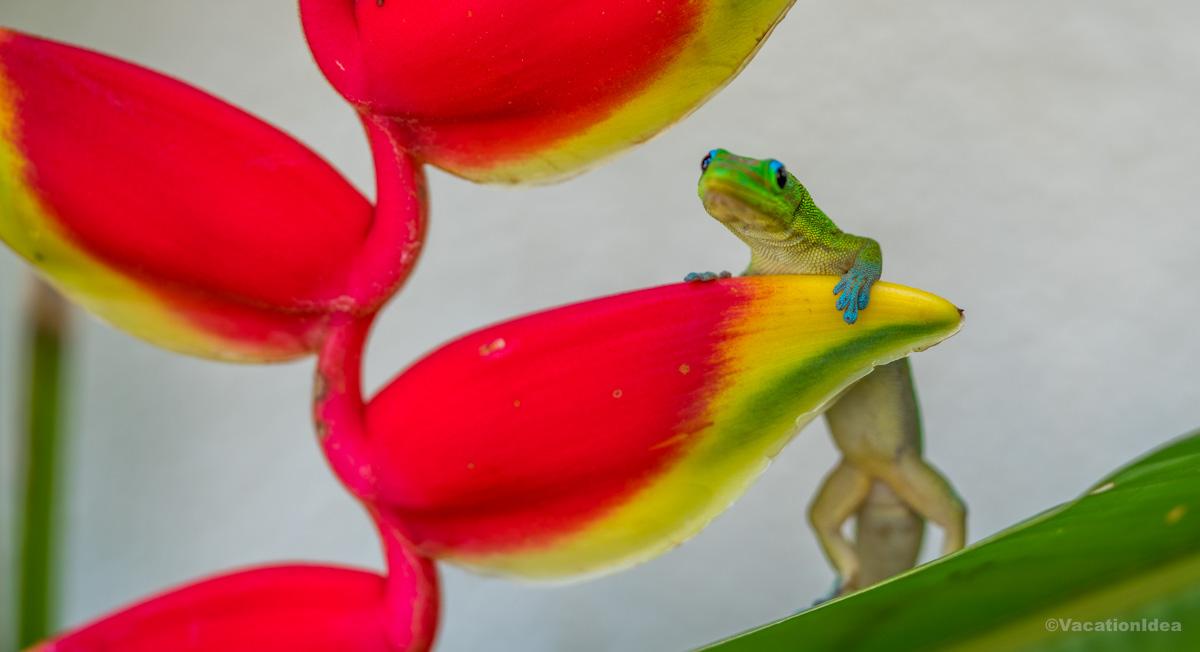
9. Maui
When I moved to Hawaii, this was my absolute favorite island to travel to in December. Why? I found that there was an undeniable magic here during the holiday season! In addition, December in Maui carried a slower rhythm, holiday lights strung along palms, whales surfacing just offshore, families lingering by the waves...
After landing, we drove to Ka'anapali Beach for a relaxing day in the sun. We usually took the last flight back to the Big Island on Mokulele Airlines.
- Location: In the central Pacific Ocean, part of the Hawaiian archipelago
- Location Map
- Average temperature: 65°F – 82°F (18°C – 28°C)
What I loved best:
I found Napili Kai Beach Resort ($460/night) to be a hidden gem with a great beach, comfy accommodations, and super friendly staff. Their Sea House Restaurant restaurant serves amazing dishes that are reasonably priced, especially for that high-end part of the island.
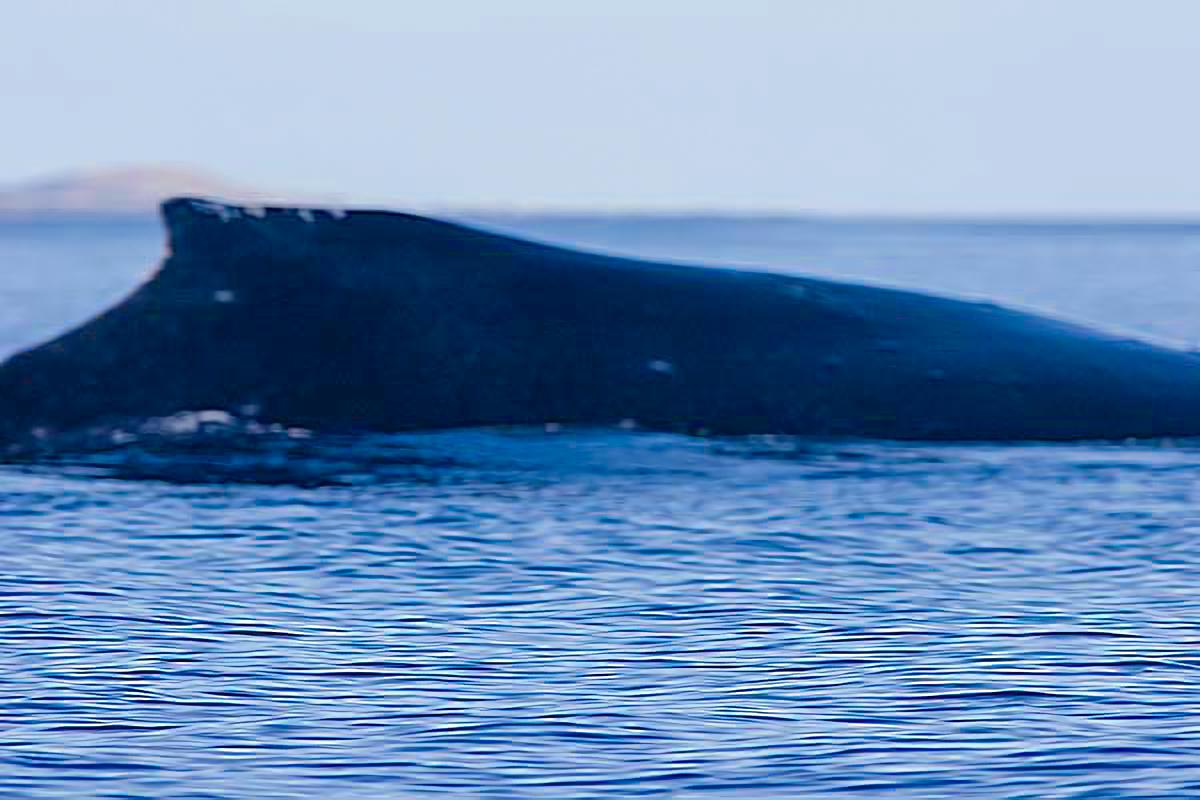
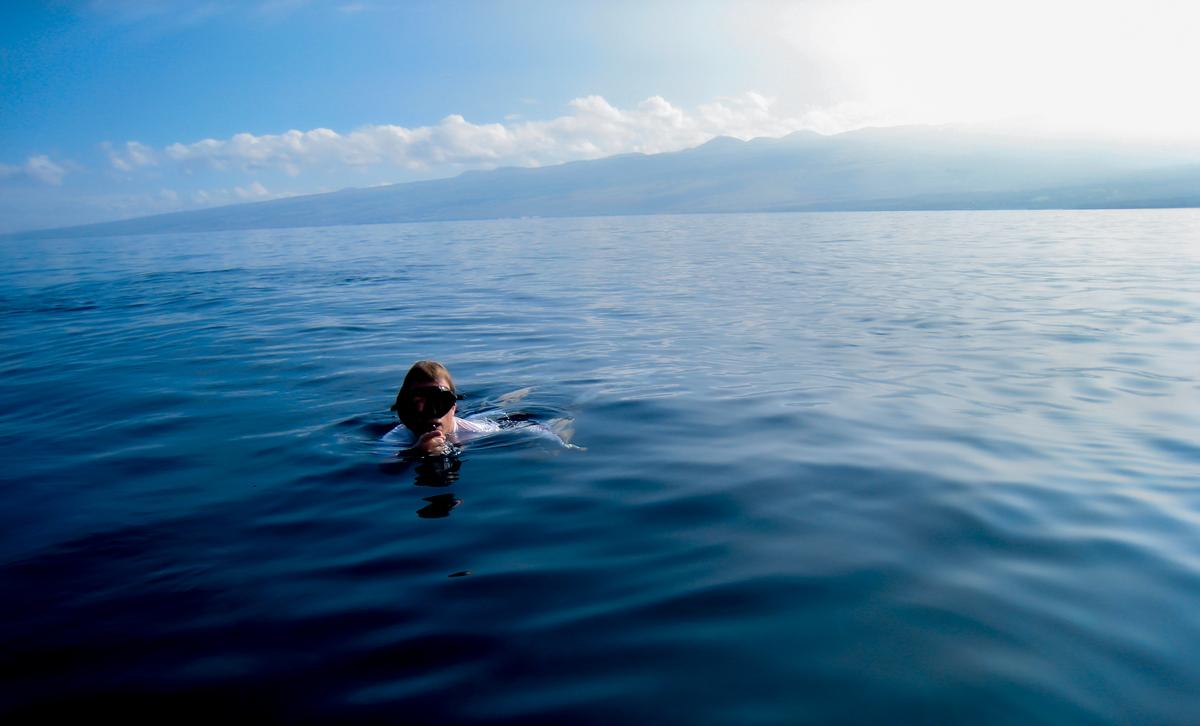
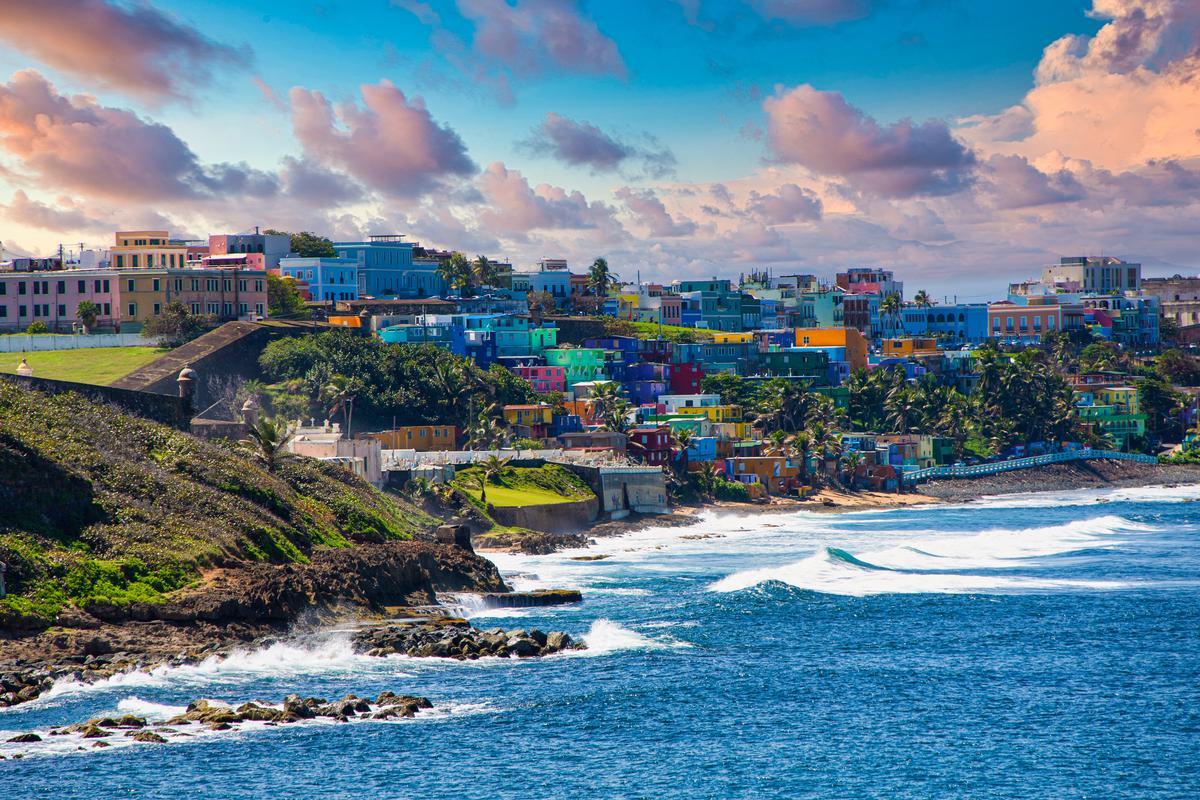
10. Puerto Rico
This is another super cool island place to visit in December and one of my favorites!
I discovered that the island had transformed into a lively Caribbean holiday haven this month, where historic plazas sparkled with Christmas lights, salsa rhythms mixed with festive parrandas (caroling traditions), and golden beaches provided the perfect warm-weather escape.
Instead of snowy streets, Puerto Rico greeted us with cobblestone streets, palm trees glowing with lights, and a mix of tropical warmth and cultural celebration.
I loved all the seasonal events like the San Sebastián Street Festival, the holiday markets in Plaza Las Américas, and the Misa de Aguinaldo (traditional dawn masses filled with music).
I flew into Luis Muñoz Marín International Airport in San Juan and stayed for a wonderful sunny week. I explored the festive old city with its glowing plazas, relaxed on Isla Verde Beach under swaying palms, hiked through El Yunque National Forest’s misty trails, and ended my evenings dining al fresco while live salsa music spilled into the streets.
- Location: In the northeastern Caribbean Sea; an unincorporated territory of the United States
- Location Map
- Average temperature: 72°F – 85°F (22°C – 29°C)
What I loved best:
Wandering through streets lined with pastel-colored colonial buildings, sampling coquito (a creamy holiday drink), and joining in in the music-filled parrandas gave me a holiday experience like no other.
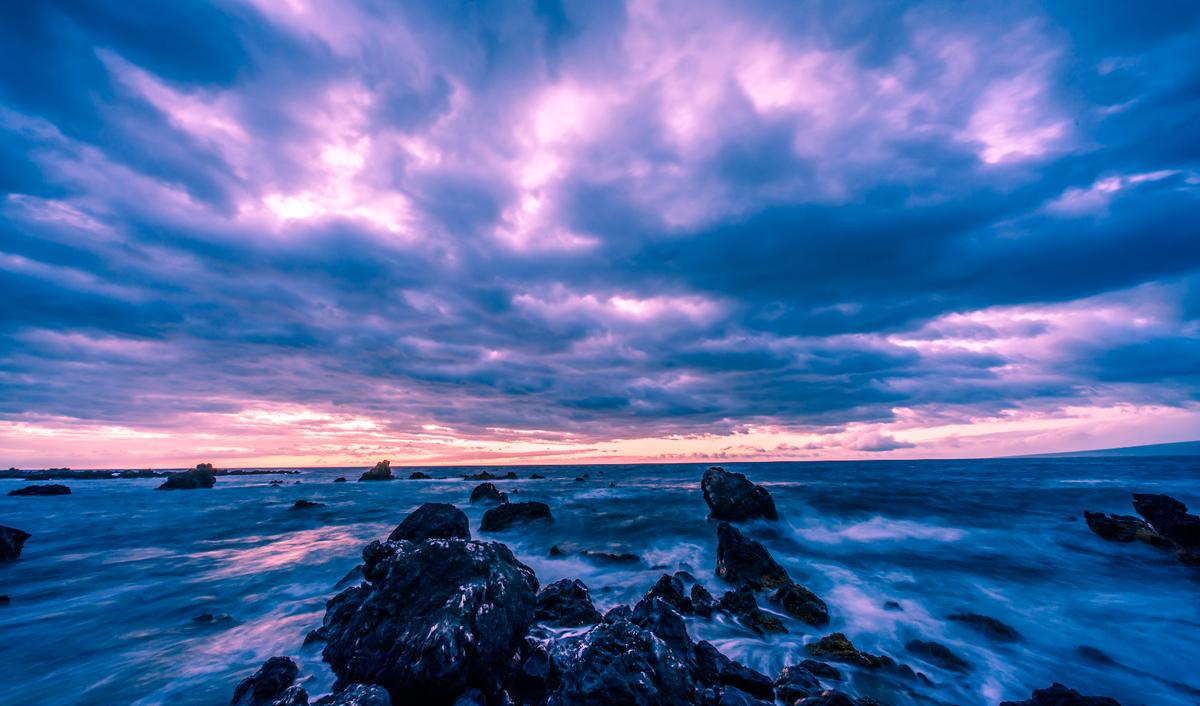
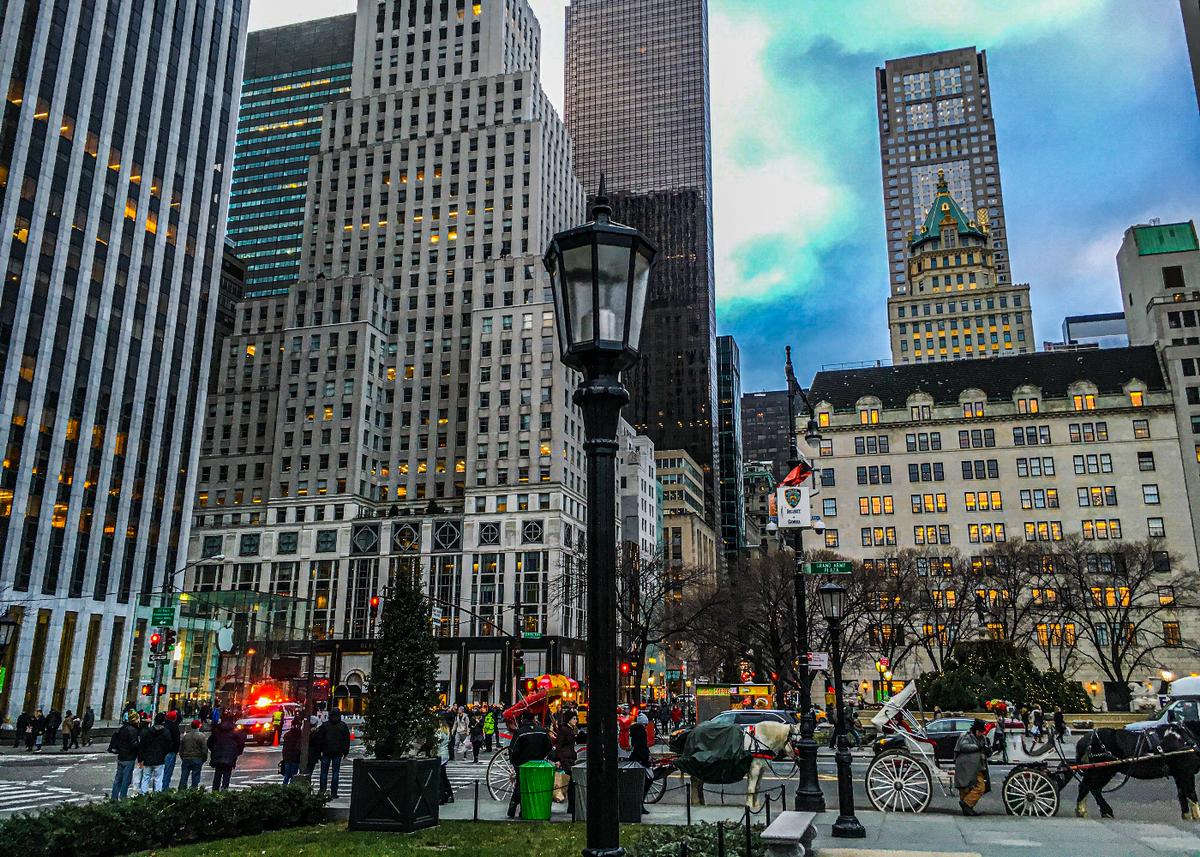
11. Christmas on the Upper West Side, NYC
This is one of my favorite place to visit in December, not only because we lived here for 10 years, but because we love going back to see family during the holidays!
I love strolling past festive shopfronts along Columbus Avenue, and visiting world-class cultural attractions dressed in seasonal sparkle.
I loved all the seasonal experiences like the Winter’s Eve Festival at Lincoln Square, the Holiday Train Show at the New York Botanical Garden (a short subway ride away, from $35 adult admission), and festive concerts at Lincoln Center.
- Location: On the west side of Manhattan, New York City;
- Location Map
- Average temperature: 32°F – 44°F (0°C – 7°C)
What I loved best:
My personal highlight was seeing The Nutcracker Ballet (tickets from $135 per person).
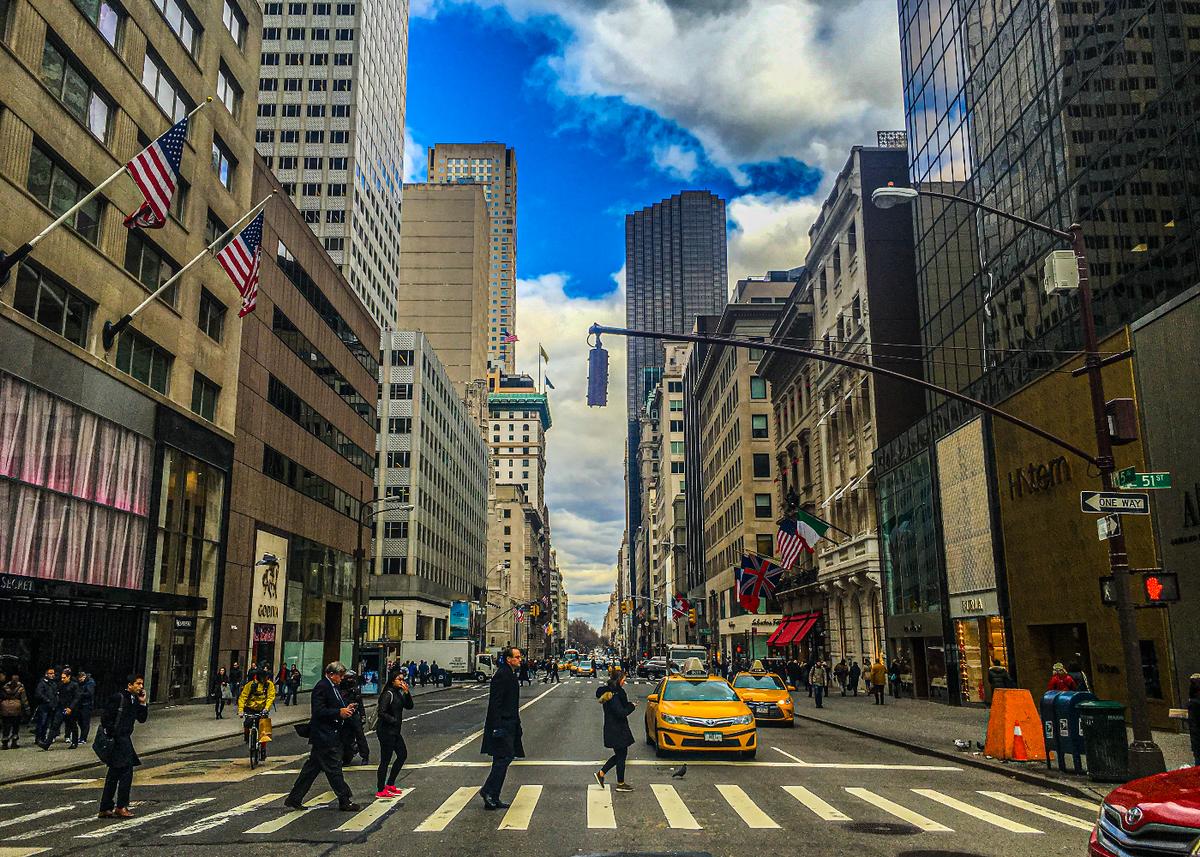
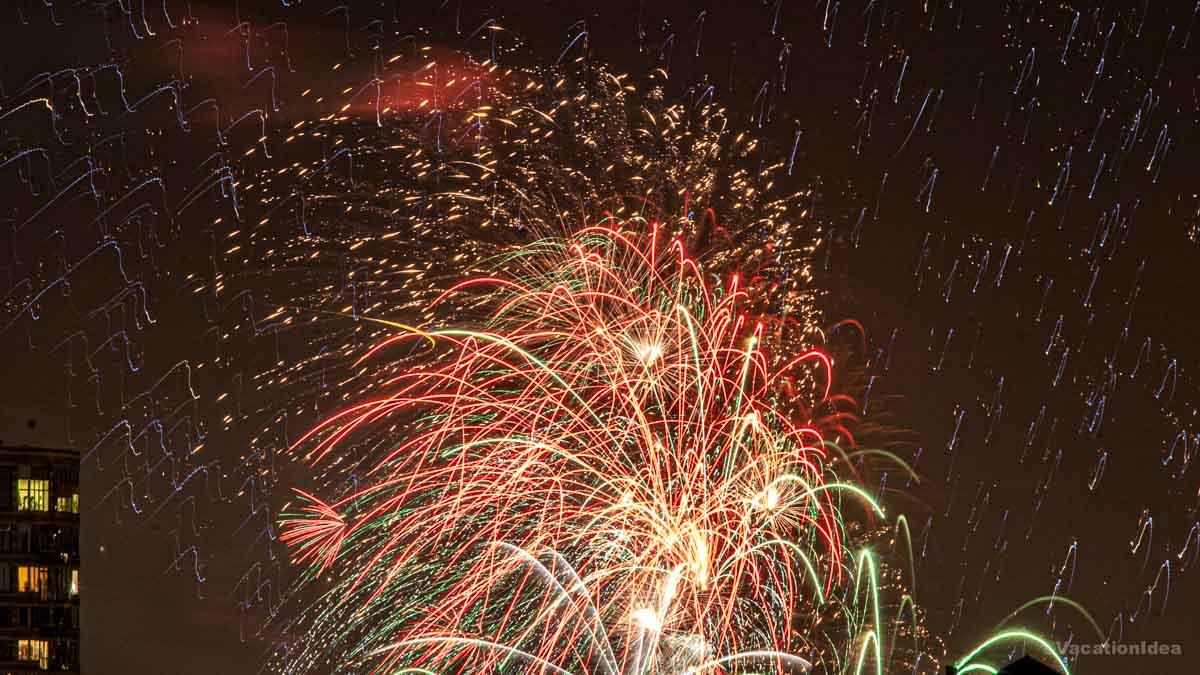
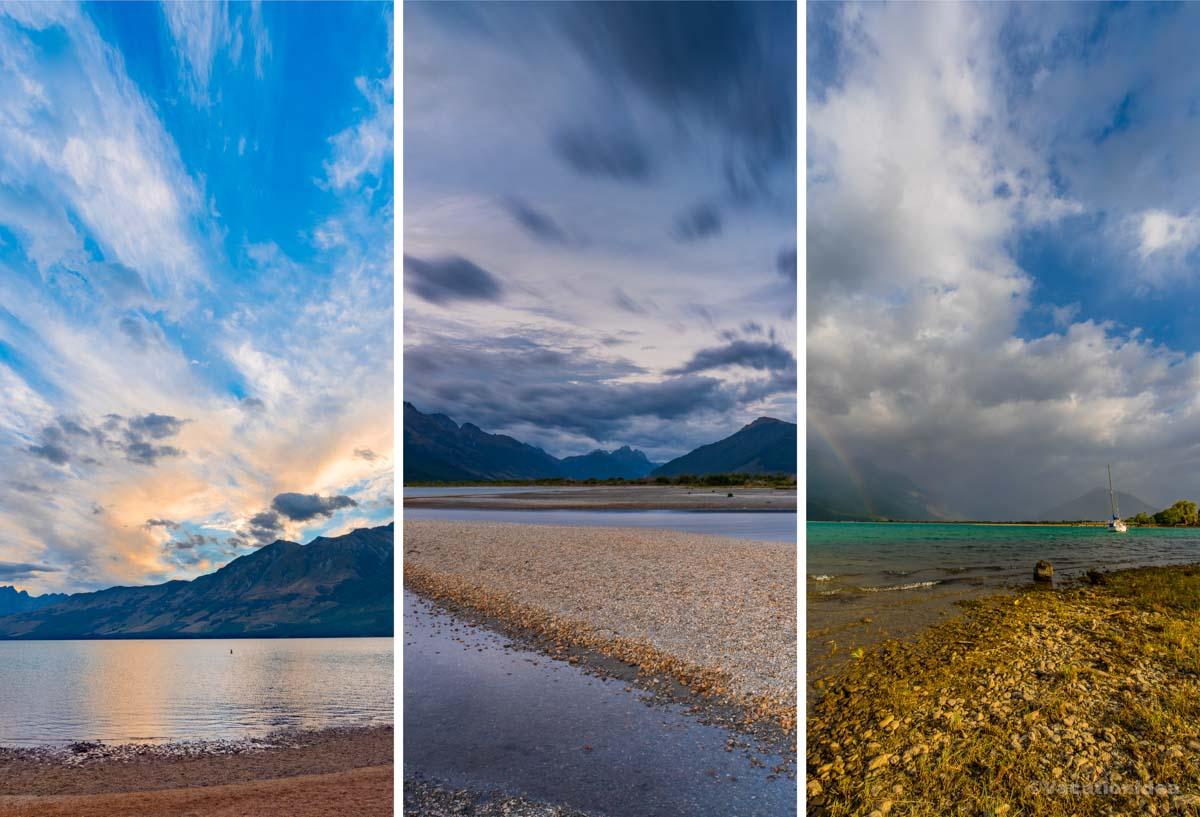
12. Glenorchy, New Zealand
This was my favorite place to go in December to escape winter cold and head down to the Southern Hemisphere instead. We loved long days, lovely sunsets over Lake Wakatipu, and stunning mountain views where many scenes from the feature film Lord of the Rings were filmed.
We drove from Queenstown along one of the most scenic roads in New Zealand, stopping at lookout points to admire the lake and surrounding mountains. We stayed for a week in a cozy Airbnb in the "Gateway to Paradise", waking each morning to birdsong and mist rising over the lake. Our days were spent exploring Paradise Valley, hiking through open meadows, and hearty meals at the local tavern, followed by stargazing under skies so clear they seemed to stretch forever.
- Location: In the South Island of New Zealand, at the northern end of Lake Wakatipu; about 45 km northwest of Queenstown
- Location Map
- Average temperature: 48°F – 68°F (9°C – 20°C)
What I loved best:
For me, Glenorchy is one of the best places to visit in December. It's romantic, peaceful, and a favorite escape I can’t wait to return to!
Standing on the Glenorchy Wharf at sunset, with the Remarkables glowing in the distance, felt like being inside a postcard (see my photos).
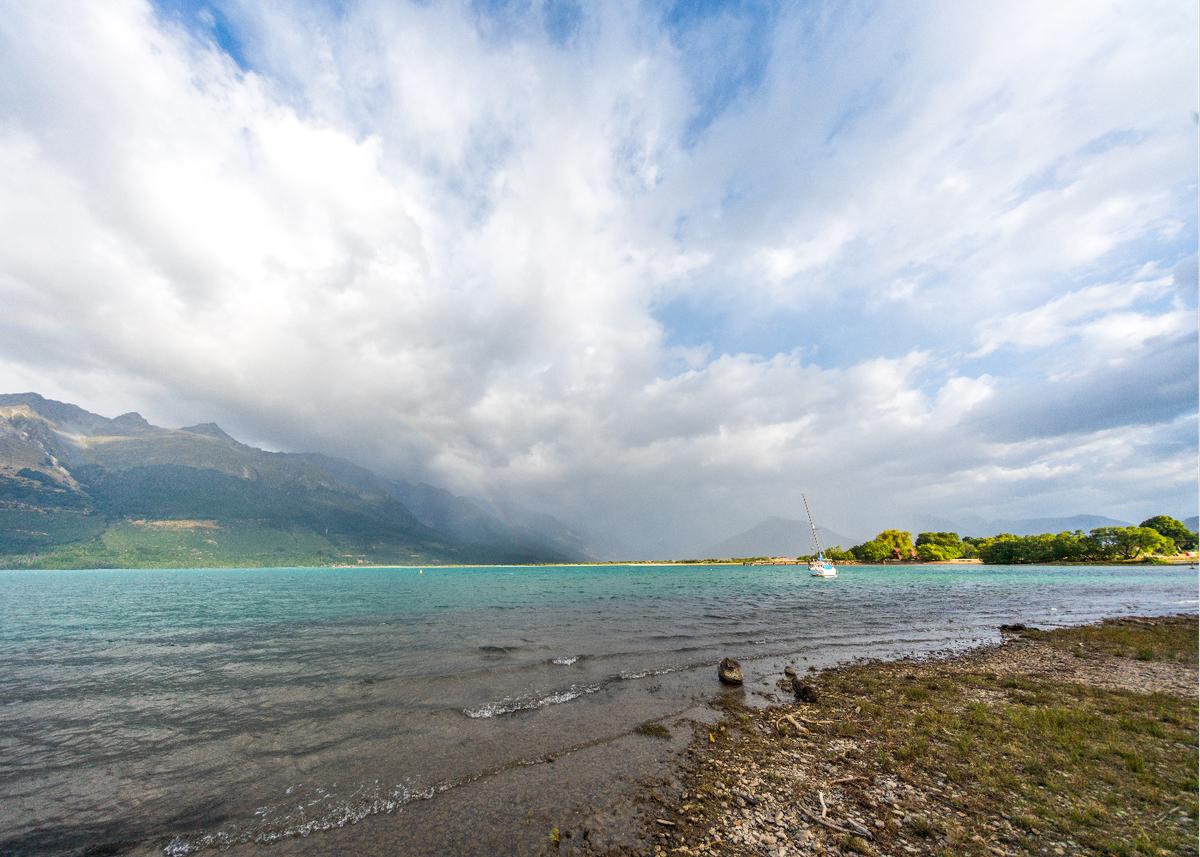
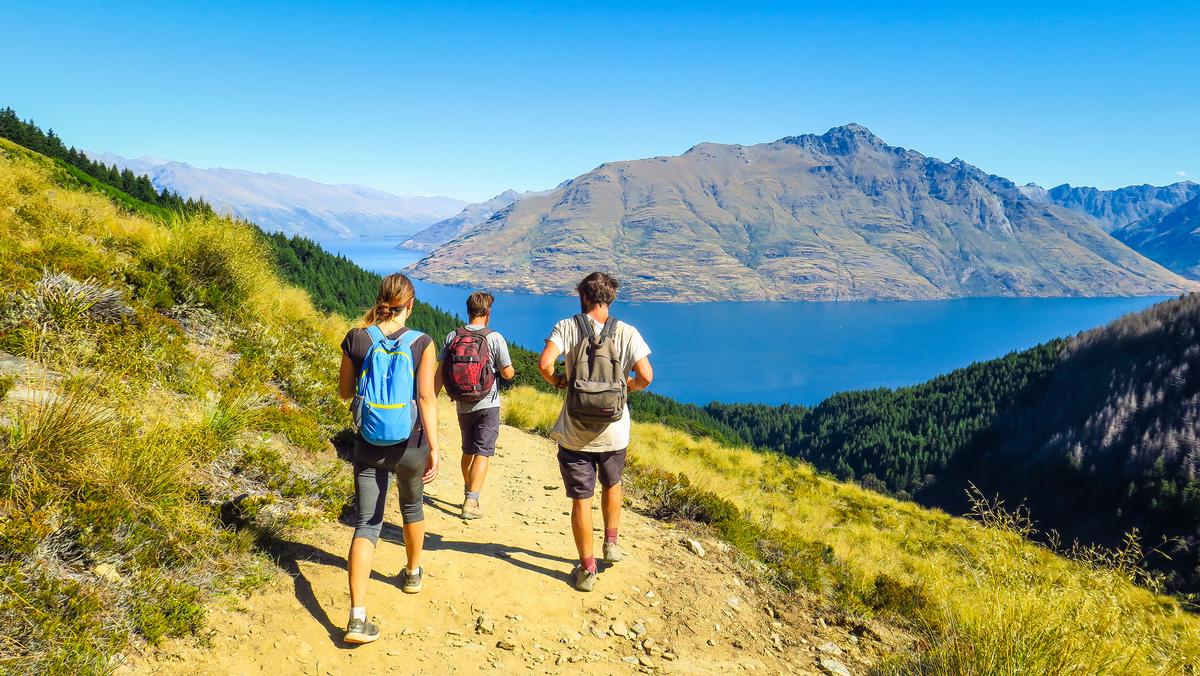
Booking Checklist
1. Book Your Flight - I use Expedia because I like their mobile app with my itinerary. They've helped me re-book flights on many occasions. Once you reach their Gold tier, support is especially good.
2. Book Your Hotel - I use Booking.com or Expedia, depending on my destination.
3. Book Your Rental Car - I use Expedia.
4. Book your tours on Viator or Get Your Guide.
5. If you are planning to visit more than three national parks in the next 12 months, buy the America the Beautiful Pass.
